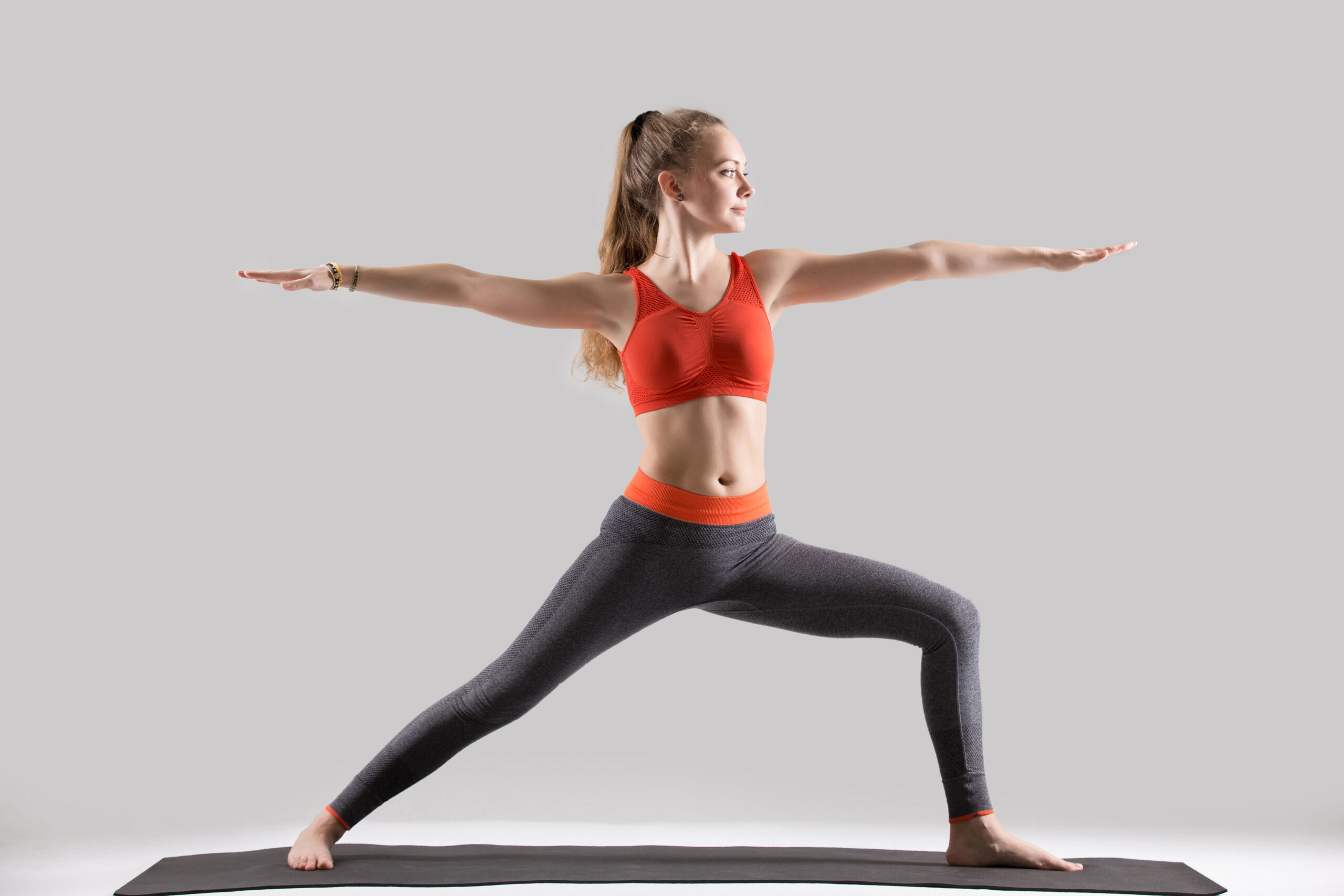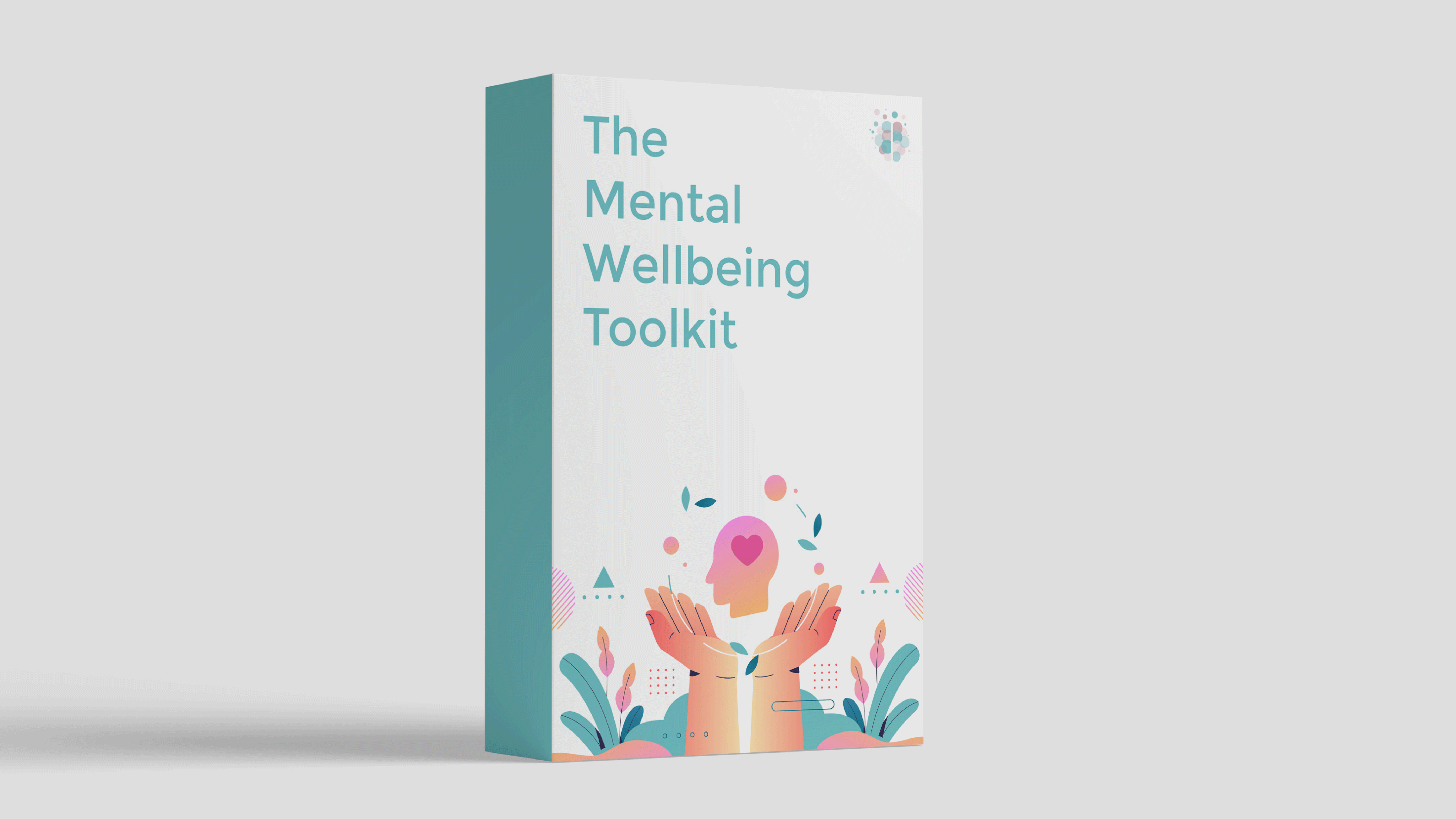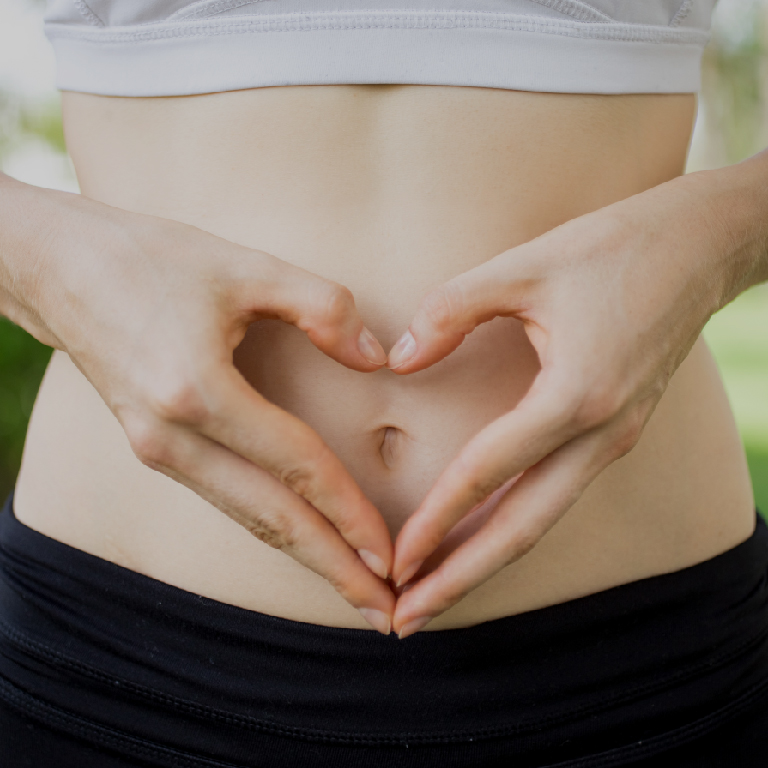Feeling achy and sore?
Yoga offers an effective and natural approach to pain relief. This ancient practice combines gentle physical postures and mindfulness techniques to promote relaxation, improve flexibility, and reduce physical discomfort.
In this article, we’ll explore how yoga reduces body pain along with a variety of poses and tips you may find helpful.
How Can Yoga Reduce Body Pain?
Yoga tackles muscle tension and joint stiffness by improving flexibility and building stronger muscles. For example, yoga for knee pain includes the Warrior II pose. This posture strengthens the quadriceps and hamstrings which provides better support for the knee joints.

Warrior II Pose
The slow movements involved in yoga help your blood circulate better to your muscles and joints, which can reduce inflammation.
Also, yoga can release endorphins – chemicals that reduce pain and help you feel more at ease.
Yoga Alters Your Brain’s Pain Signals
Yoga has been shown to induce neuroplastic changes in the brain which alter the way pain signals are processed. This can lead to decreased pain perception and increased pain tolerance. Possible mechanisms behind this involve how yoga helps us to cultivate mindfulness:
- Yoga is a form of mindful movement. It often involves synchronising breath with movement, such as inhaling while extending a pose and exhaling while relaxing into it. This focus on breath helps anchor your attention and improves your mindfulness skills.
- Mindfulness encourages you to observe pain without judgement, reducing the catastrophic thinking often associated with chronic pain.
- Accepting pain rather than resisting it can reduce the psychological impact of pain, making it more manageable.
- Mindfulness can help you identify areas of tension and consciously relax these muscles, reducing pain caused by muscle stiffness.
- Mindfulness reduces stress, which is closely linked to the perception of pain. Lower stress levels can result in decreased muscle tension and less pain.
Yoga Poses for Specific Pain Areas
Lower Back Pain
- Cat-cow pose. Gently stretches and warms up the spine, alleviating lower back pain.
- Child's pose. Relieves tension in the lower back and hips.
- Downward-facing dog. Stretches the hamstrings and relieves tension in the lower back.
- Sphinx pose. Gently arches the spine to alleviate lower back pain.
- Seated forward bend. Stretches the spine and relieves lower back pain.
- Legs-up-the-wall pose. Relieves lower back pain and improves circulation.
Upper Back and Shoulder Pain
- Cat-cow pose. Increases flexibility and reduces tension in the upper back (as well as the lower back).
- Cobra pose. Strengthens the spine and reduces upper back pain.
- Thread the needle pose. Stretches the shoulders and relieves upper back pain.
Knee Pain
- Warrior II pose. Strengthens the quadriceps and hamstrings, supporting the knees.
- Bridge pose. Engages the thighs and glutes to enhance knee joint stability.
- Extended side angle pose. Stretches and strengthens the legs and hips, reducing strain on the knees.
Hip Pain
- Child's pose. Relieves tension in the hips.
- Pigeon pose. Releases tension in the hips.
- Bound angle pose. Opens the hips and alleviates hip pain.
- Extended side angle pose. Stretches and strengthens the legs and hips, reducing strain on the hips.
Hamstring Pain
- Downward-facing dog. Stretches the hamstrings and relieves tension in the lower back.
- Triangle pose. Stretches the sides of the body and the hamstrings, reducing back pain.
Why not create a personalised yoga routine? Try out some YouTube videos – look for routines that match your goals and level. Channels like Yoga with Adriene, Fightmaster Yoga, and Yoga with Kassandra offer a wide range of practices. Experiment with various instructors and styles and take note of which poses you enjoy the most.
5 Tips for Using Yoga for Effective Pain Relief
1. Focus On Alignment
Paying attention to proper alignment in each pose is crucial to avoid exacerbating pain. Therefore, try looking up a video of each pose on YouTube to learn the correct posture. Adjustments can include using props like blocks for support.
2. Gradually Progress
Begin with gentle stretches and gradually increase the intensity as your body becomes more accustomed to the poses.
Slowly progressing allows muscles and joints to adapt over time, minimizing the risk of strain and maximizing the therapeutic benefits of yoga.
3. Be Consistent
Establishing a regular yoga practice is key to maintaining flexibility and strength in the targeted area.
Consistent practice helps address underlying muscle imbalances and reinforces positive habits that contribute to long-term pain management.
4. Embrace Breathing Techniques
Breathing techniques in yoga, such as pranayama, can play role in pain management by influencing both the physiological and psychological aspects of discomfort.
Slow, controlled breathing calms the nervous system. This relaxation response can significantly alleviate muscle tension, which is a common contributor to body pain.
In addition, enhanced oxygen flow to muscles during deep breathing supports tissue repair and reduces inflammation, aiding in the healing process.
5. Attend Training
To take this a step further, consider enrolling in an All Yoga Training program – these courses provide in-depth guidance on specific techniques and poses that address pain effectively. You'll learn how to tailor your practice to your unique needs and ensure proper alignment and execution of poses.
Many courses also include breathing techniques, mindfulness practices, and strategies to prevent further discomfort, giving you a holistic approach to managing pain. These courses offer the opportunity to deepen your understanding of yoga while enjoying relaxing settings in beautiful destinations such as Bali, Thailand, or India.
Summary
Yoga offers a multifaceted approach to alleviating body pain through a combination of physical postures, breath control, and mindfulness techniques that address both the physical and psychological aspects of pain.
Whether you're seeking relief from specific discomforts or aiming to enhance your overall wellbeing, integrating yoga into your lifestyle can lead to improvements in both your physical and mental health.
A Toolkit to Boost Your Mental Wellbeing
Research shows that self-help materials are often enough for people to overcome mild to moderate mental health difficulties without professional support.
Our self-guided program includes tools from CBT, DBT, ACT and more, so you can discover what works best for you. Check out The Mental Wellbeing Toolkit today – it's "like 10 therapy sessions in one."




